In early 1860, the French colonialists had to temporarily leave Saigon to join forces with the British to attack China. In February 1861, they returned and attacked Chi Hoa fort, a fortified fort built by the great mandarin Nguyen Tri Phuong. From then on, the French invasion war continued continuously, with the provinces of Gia Dinh, Dinh Tuong, Bien Hoa and Vinh Long falling into the enemy's hands one after another.
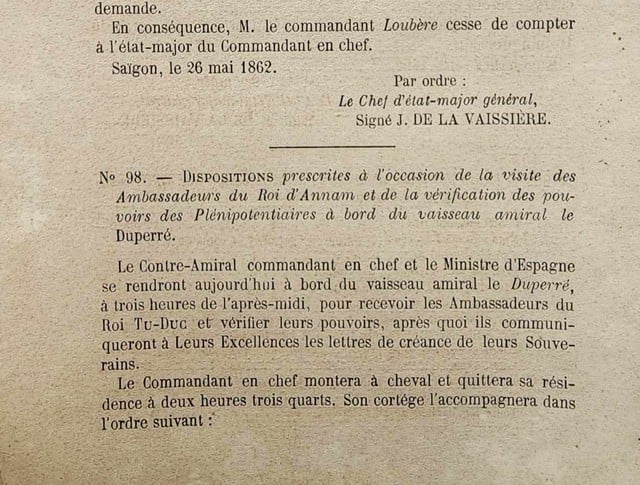
First page of document No. 98 dated May 28, 1862 regulating the reception of the Vietnamese embassy in Saigon - French Official Gazette (BOEC) No. 5.1862
While the Hue court was in a confused situation, not knowing how to respond, in the fourth lunar month of 1862, Admiral Bonard, Commander of the French army in Cochinchina, sent someone by ship to Thuan An to deliver a letter of peace ( National History Summary - Literature Publishing House 2002, page 399). This was also consistent with the views of the majority of the courtiers, King Tu Duc decided to send Phan Thanh Gian as Chief Envoy, Lam Duy Thiep as Deputy Envoy, to Gia Dinh to negotiate peace with the French side.

French Official Gazette (BOEC) June 1862 reported the signing ceremony of the Nham Tuat peace treaty on June 5, 1862 in Saigon
On May 27, 1862, before the Phan Thanh Gian mission arrived in Saigon, the Chief of Staff of Vice Admiral Bonard circulated Official Dispatch No. 98 defining specific protocols for the day of receiving the mission:
- On the day of the signing of the peace treaty, Vice Admiral Bonard will leave his residence at 2:45 p.m., mounted on horseback with his entourage consisting of cavalry squadrons, Chief Attaché De Gouyon, Deputy Attaché Rieunier, two aides-de-camp de Neverlee and Buge. Accompanying Bonard, towards Y Pha Nho (Spain - NV), will be Colonel Palanca Guttierrez, commander of the Y Pha Nho army, special plenipotentiary of Queen Isabelle II, and his entourage.
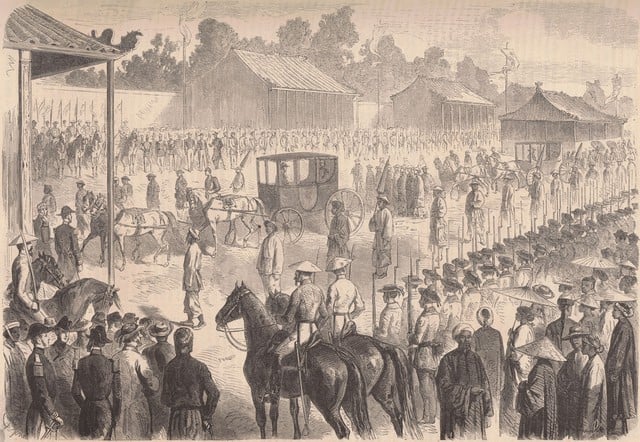
Image of Phan Thanh Gian's embassy arriving in Saigon. Source: Le Monde illustré, issue dated August 9, 1862
PHOTO: LE NGUYEN DOCUMENTARY
A company of Italian infantry formed a fence on both sides of the Primauguel Avenue. Eight of them were assigned to stand on either side of the pier. The Commander-in-Chief (Bonard), Colonel I Fa Nho Palanca Guttierrez, and their staff were on board the Vice Admiral's ship; the officers and aides-de-camp were on another ship.
Immediately afterwards, the captain of the Forbin ship (carrying the Vietnamese embassy) and a French attaché guided the two chief and deputy ambassadors onto the Duperré ship, while the entourage went on another boat.
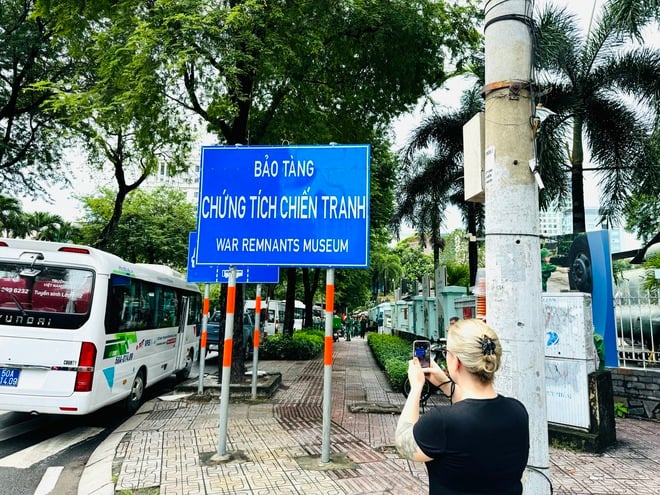
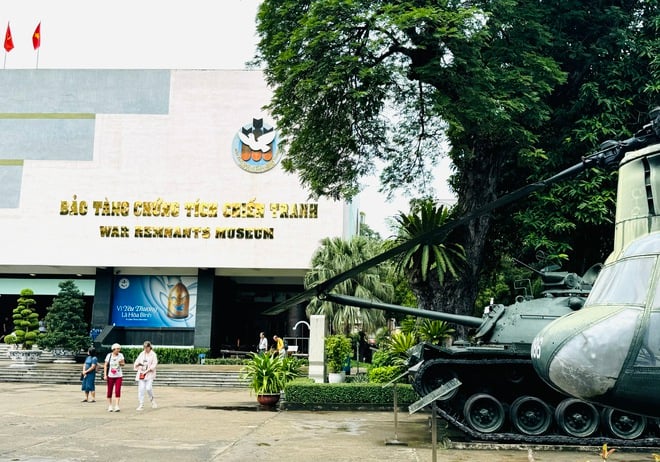
The examination school (Camp des lettrés) - where the Vietnamese court's delegation was received to sign the Nham Tuat peace treaty at that time, was located near Barbé pagoda (formerly Khai Tuong pagoda) - now the area of the War Remnants Museum (Vo Van Tan street, Xuan Hoa ward, Ho Chi Minh City).
Photo: Quynh Tran
On the morning of Thursday, June 5, 1862, at 7:30 a.m., Admiral Bonard and the plenipotentiary of Queen Y Pha Nho went to receive the Vietnamese royal court's embassy at Truong Thi (Camp des lettrés) - then located near the Barbé Pagoda (formerly Khai Tuong Pagoda) - now near the War Remnants Museum (Vo Van Tan Street, Xuan Hoa Ward, Ho Chi Minh City) to sign the Nham Tuat peace treaty. At exactly 7:15 a.m., he arrived with the envoy Y Pha Nho, the first aide de Neverlée and the secretaries, led by about 10 cavalrymen.
Bonard's aide-de-camp and attendant officers rode to the dock to welcome Phan Thanh Gian's delegation and escort them to the Examination Hall. The Vietnamese envoys were arranged to sit on two carriages pulled by four horses, led by two French cavalry units. The place where the peace treaty was signed was named Le Pavillon de la Paix (The Pavilion of Peace ) by the French colonialists... (to be continued)
Source: https://thanhnien.vn/sai-gon-xua-du-ky-hoa-uoc-nham-tuat-1862-185251113232232055.htm



![[Photo] Unique art of painting Tuong masks](https://vphoto.vietnam.vn/thumb/1200x675/vietnam/resource/IMAGE/2025/11/14/1763094089301_ndo_br_1-jpg.webp)

![[Photo] Deep sea sand deposits, ancient wooden ship An Bang faces the risk of being buried again](https://vphoto.vietnam.vn/thumb/1200x675/vietnam/resource/IMAGE/2025/11/13/1763033175715_ndo_br_thuyen-1-jpg.webp)
![[Photo] Special class in Tra Linh](https://vphoto.vietnam.vn/thumb/1200x675/vietnam/resource/IMAGE/2025/11/14/1763078485441_ndo_br_lop-hoc-7-jpg.webp)







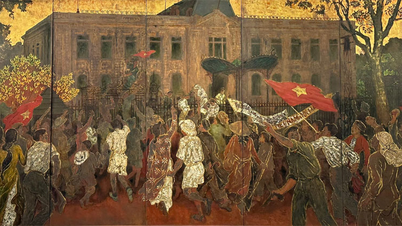






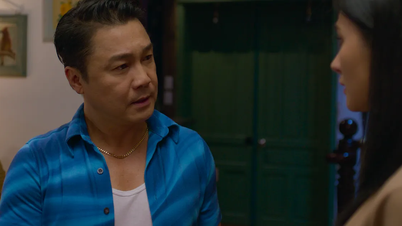







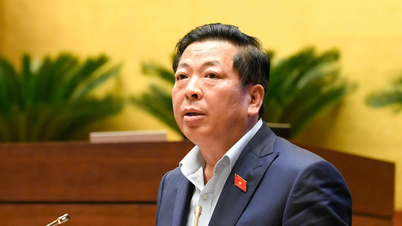
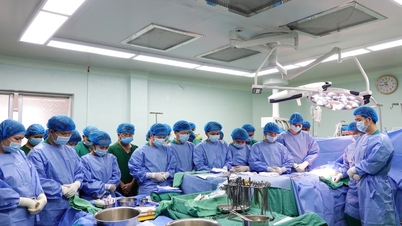











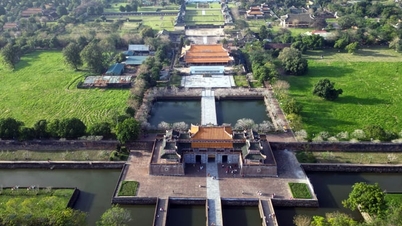



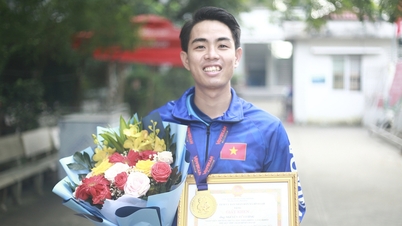






















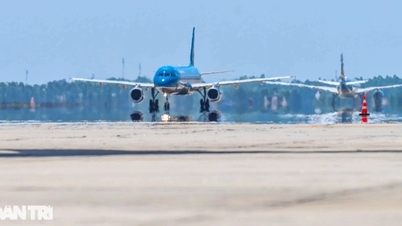
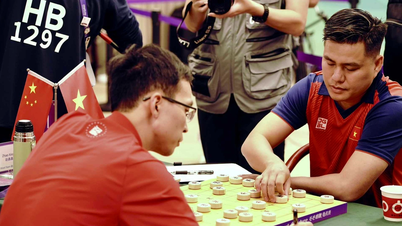
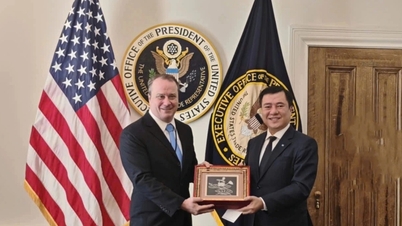







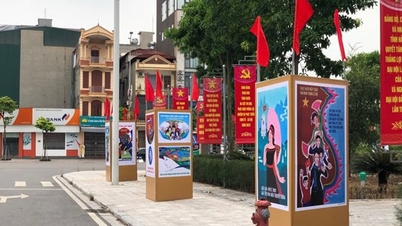


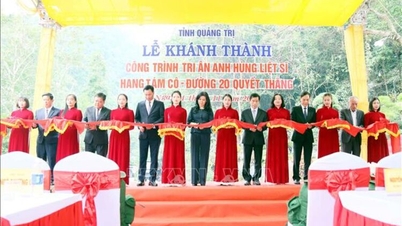

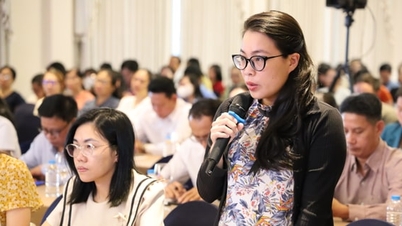

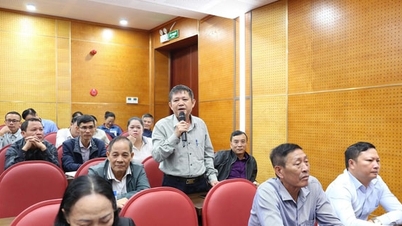









![Dong Nai OCOP transition: [Article 3] Linking tourism with OCOP product consumption](https://vphoto.vietnam.vn/thumb/402x226/vietnam/resource/IMAGE/2025/11/10/1762739199309_1324-2740-7_n-162543_981.jpeg)





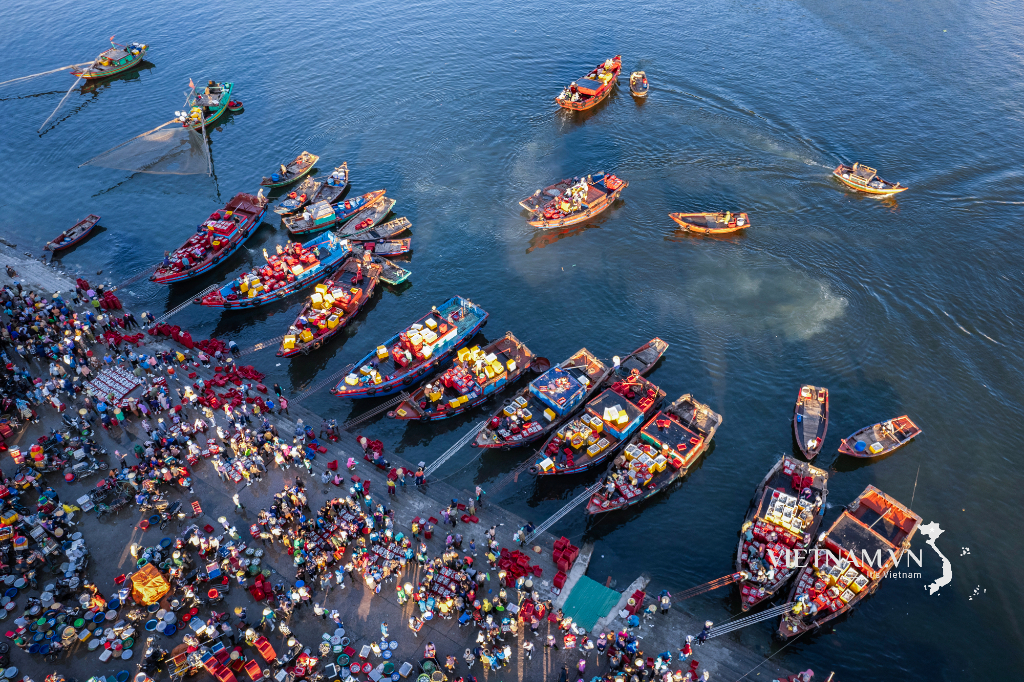
Comment (0)